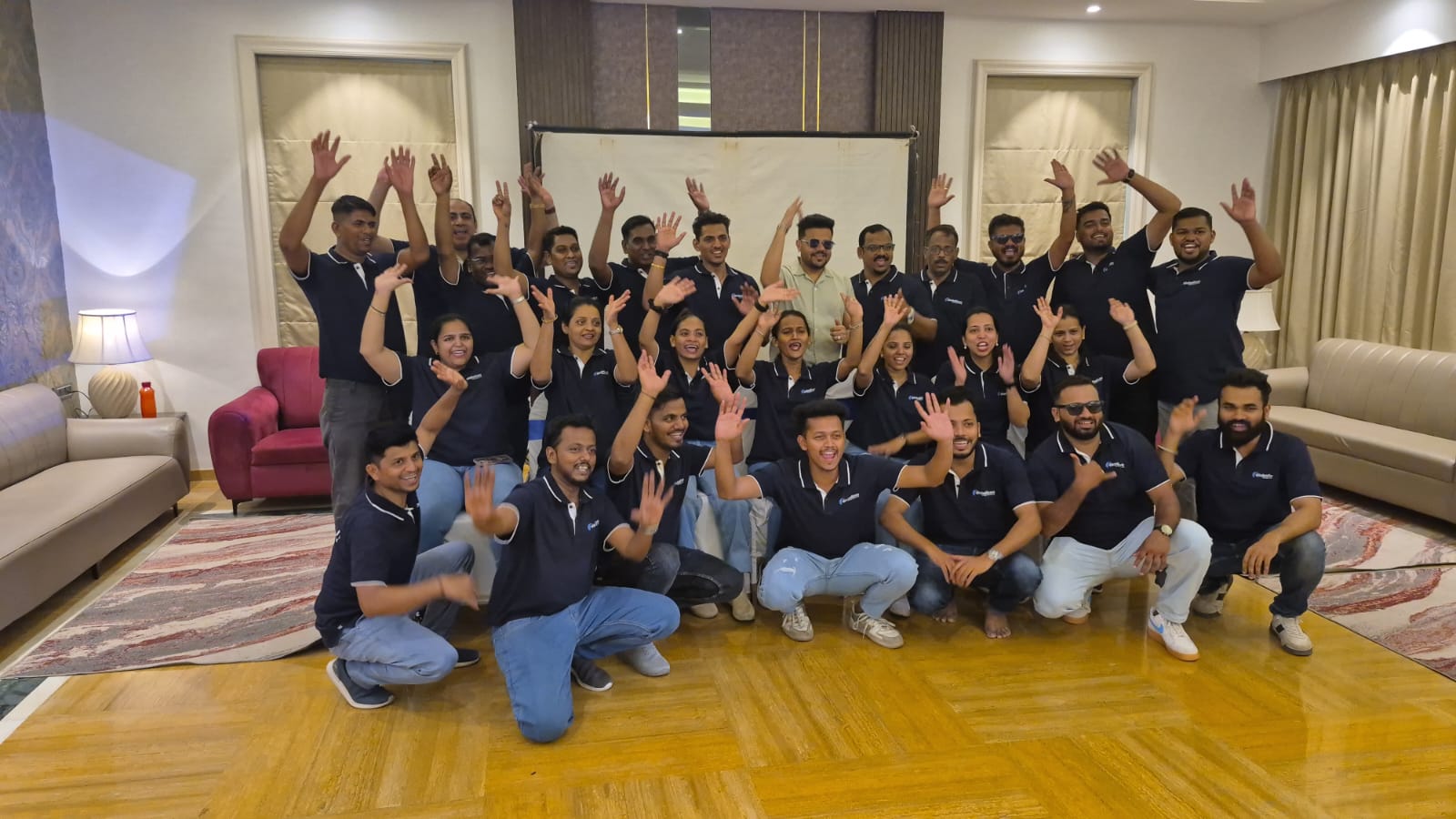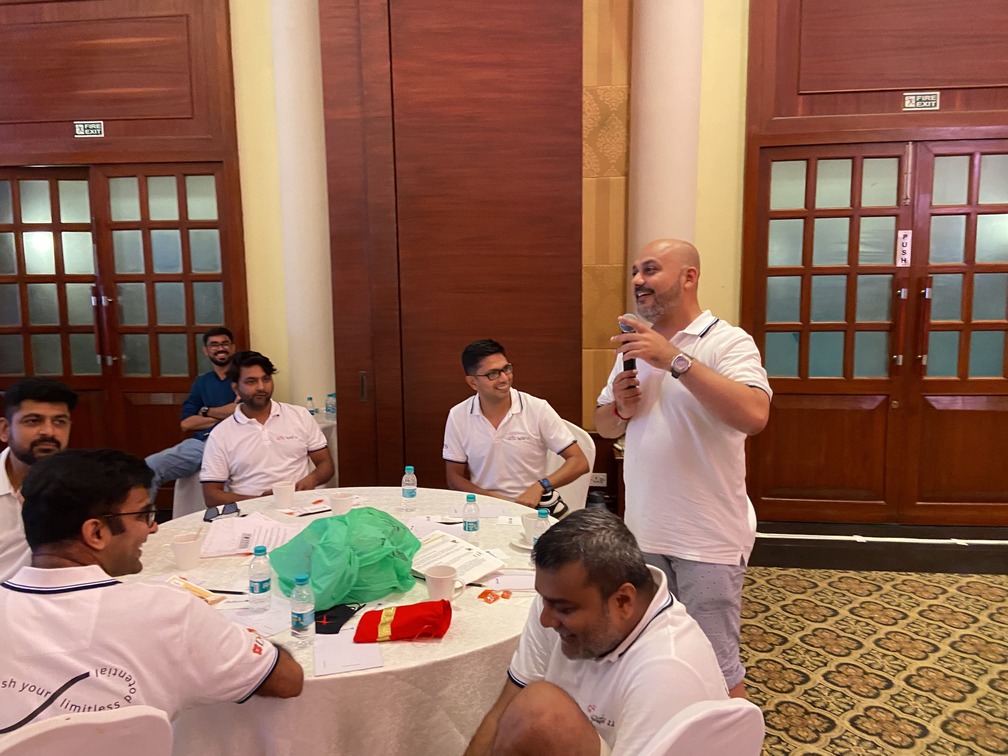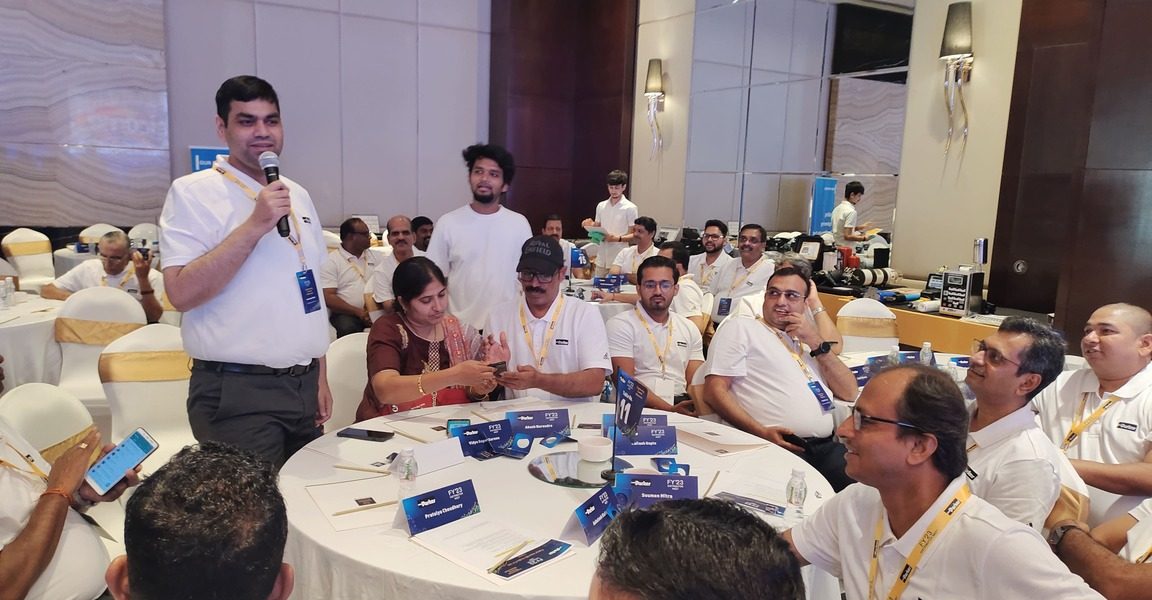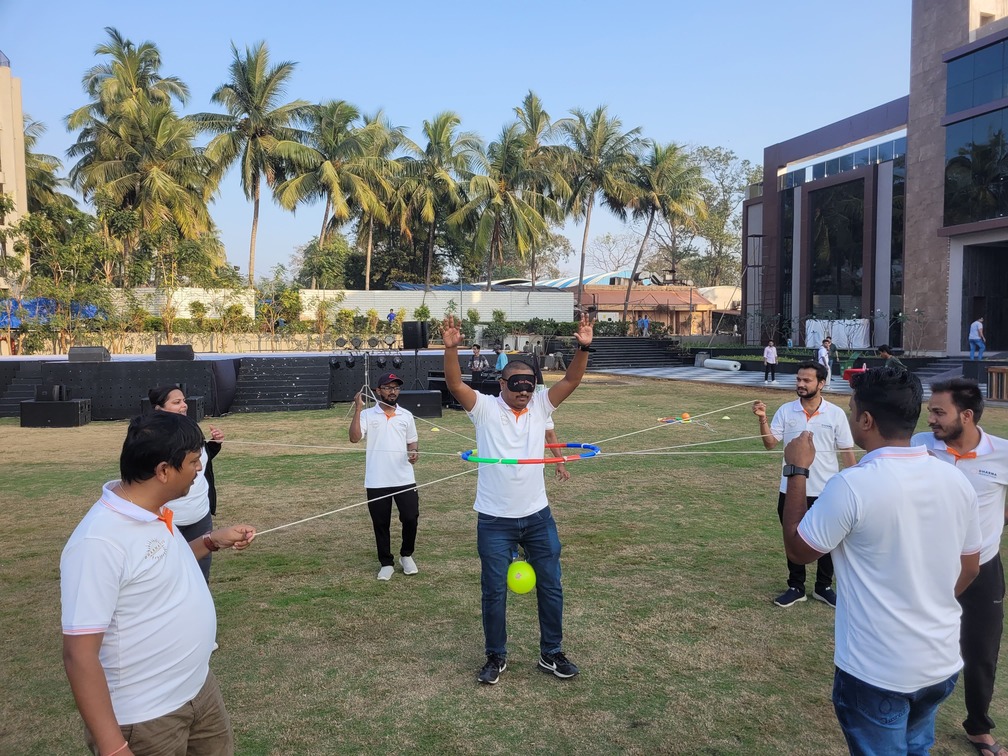
Most companies think they know who their future leaders are. They point to the “top performers,” the people hitting KPIs and delivering results. But here’s the truth: performance doesn’t always equal potential.
Think of the quiet strategist who rarely speaks up in meetings but always has the best solutions. Or the empathetic teammate who smooths conflicts before they escalate. Or the creative thinker who thrives when faced with ambiguity. These employees may not shine on performance scorecards, but they hold the raw ingredients of leadership.
The question is: how do you find them?
Not in annual reviews. Not in one-on-one check-ins.
But in the middle of a corporate team-building activity.
When employees are solving puzzles under pressure, running a simulated business, they reveal their instincts, how they think, lead, adapt, and inspire. And in those moments, managers can spot high-potential employees more clearly than through any spreadsheet or metric.
This blog gives you an insight into how team-building activities transform boredom into brilliance, helping companies uncover future leaders and boost overall employee engagement.
The term “team building” often sparks skepticism. Employees imagine awkward trust falls, icebreakers, or forced socializing. But modern corporate team building has evolved. Today, the most effective activities are immersive, strategy-driven, and designed to mimic the real challenges of business.
Here’s why they matter:
For organizations, these activities are more than morale boosters. They are talent discovery missions, putting individuals in the spotlight with the drive and ability to become future leaders.

Before diving into the games, it’s important to understand what defines high-potential employees (often called HiPos). They aren’t just high performers. A high performer might excel in their current role but lack the vision or adaptability for future leadership.
HiPos, on the other hand, consistently demonstrate three qualities:
While ability can be measured through performance, aspiration and engagement are harder to see in the daily grind. That’s where team building activities reveal the hidden side of talent.
Now let’s explore the team-building activities that most effectively uncover hidden talent and reveal high-potential employees.
One Vision is a powerful and engaging team-building workshop that transforms simple painting into a meaningful collaboration exercise. What seems like just filling colors on a canvas quickly turns into a metaphor for teamwork, communication, and shared purpose.
Participants are divided into smaller groups, each tasked with painting a section of a larger image. The twist is that no one sees the final picture until all the pieces come together. This creates an environment where collaboration, coordination, and sharing best practices are essential for success.
What starts off as individual tasks soon evolves into a collective realization that every contribution matters, and only when the team aligns do they achieve the One Vision.
Why It Works
Engagement through Creativity – The activity taps into the soothing and refreshing process of painting, breaking away from routine corporate sessions.
Spotting High-Potential Employees
This workshop doesn’t just build stronger teams; it also helps leaders identify talent:

In Murder Mystery Challenge participants are split into teams and assigned critical roles: detectives, forensic experts, and crime analysts, each essential to solving the case. While detectives scour the crime scene for hidden clues, forensic specialists analyze evidence to piece together the puzzle.
As the investigation unfolds, every detail matters. Teams must evaluate suspects, weigh the evidence, and collaborate to identify the culprit. In the final round, each team presents their reasoning and conclusions, followed by the big reveal from the facilitator—showing who cracked the case and how.
Why It Works
Spotting High-Potential Employees
Much like a real investigation, this challenge reveals hidden strengths within the team:
These traits often mark future leaders and high performers, making the Murder Mystery Challenge not just fun, but also a powerful tool for talent discovery.
In this challenge, participants are transported into the role of ambitious citizens of a wealthy kingdom. Their mission: to qualify for the ruler’s elite Alpha Team by completing the Million Dollar Challenge.
Armed with an initial pool of funds, teams must decide how to invest strategically in a series of 20+ intellectual and physical sub-activities. Each task completed successfully earns them higher returns, but with limited resources, smart choices and leveraging team strengths are critical.
The real magic happens at the end when teams discover an alternate path they could have taken, one that is faster, easier, and more productive. This twist drives home the lesson that collaboration and knowledge-sharing across teams lead to better outcomes than working in isolation.
Why It Works
Variety & Engagement – 20+ mini challenges ensure there’s something for every skill type, mental, physical, and creative.
Identifying High-Potential Employees
The Million Dollar Challenge also acts as a subtle assessment tool, revealing hidden talent in real time:
The Virtual Escape Room is a thrilling, tech-enabled spin on the classic escape room experience. Teams are placed in a digital environment with an engaging storyline and must solve puzzles, decode clues, and crack the mystery before time runs out. With each stage, participants are challenged to think critically, communicate clearly, and collaborate effectively in a high-pressure, fun setting.
Why It Works
How It Helps Identify High-Potential Employees
The Virtual Escape Room naturally surfaces hidden strengths and leadership qualities:

What makes these activities powerful is that they serve a dual purpose: they engage employees while also identifying talent.
Research shows that engaged employees are 21% more productive and far less likely to quit. Team building boosts engagement by:
When employees feel engaged and recognized, they’re more likely to commit long-term. And when high-potential employees are engaged, organizations secure not just their present performance but their future leadership as well.
To make the most of these activities:
In the office, brilliance often hides behind job titles and routines. But in the heat of a corporate team-building activity, whether it’s climbing Everest, escaping a locked room, or saving a company from crisis, masks drop and true potential shines through.
That’s where you find your high-potential employees.
That’s where engagement soars.
That’s where tomorrow’s leaders reveal themselves.
From boredom to brilliance, the journey begins with intentional, well-designed team-building activities.
1. Why are team-building activities effective for spotting talent?
They create pressure-filled but safe environments where natural instincts, leadership, problem-solving, and collaboration surface more authentically than in daily routines.
2. Can virtual teams benefit from team-building activities?
Yes. Virtual simulations, online escape rooms, and digital business games are equally effective in identifying potential in remote employees.
3. How often should companies run team-building sessions?
Quarterly or biannually is ideal. This frequency keeps engagement high while providing enough opportunities to observe patterns in employee behavior.
4. How to ensure team building activities reveal true talent and not just enthusiasm?
By designing activities that combine problem-solving, time pressure, and collaboration, companies can evaluate sustained performance, decision-making, and adaptability—not just short bursts of energy.
5. How to integrate learnings from team building back into the workplace?
Post-activity debriefs, feedback sessions, and reflection exercises help participants connect the lessons learned, such as communication styles or leadership tendencies, to real workplace challenges.
6. How to select the right team-building activity for spotting talent?
Partnering with experts like Corporate Compass makes this process easier. With a diverse portfolio of workshops, from creative exercises like One Vision to high-pressure problem-solving challenges like Murder Mystery or Million Dollar Challenge, Corporate Compass helps organizations choose activities that mirror real workplace dynamics. This ensures the traits revealed during the sessions, such as leadership, collaboration, or analytical thinking, directly align with organizational goals and talent development strategies.